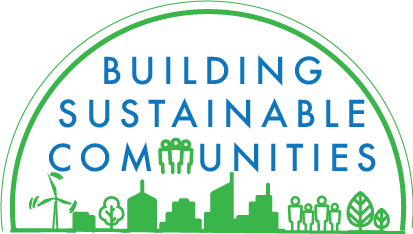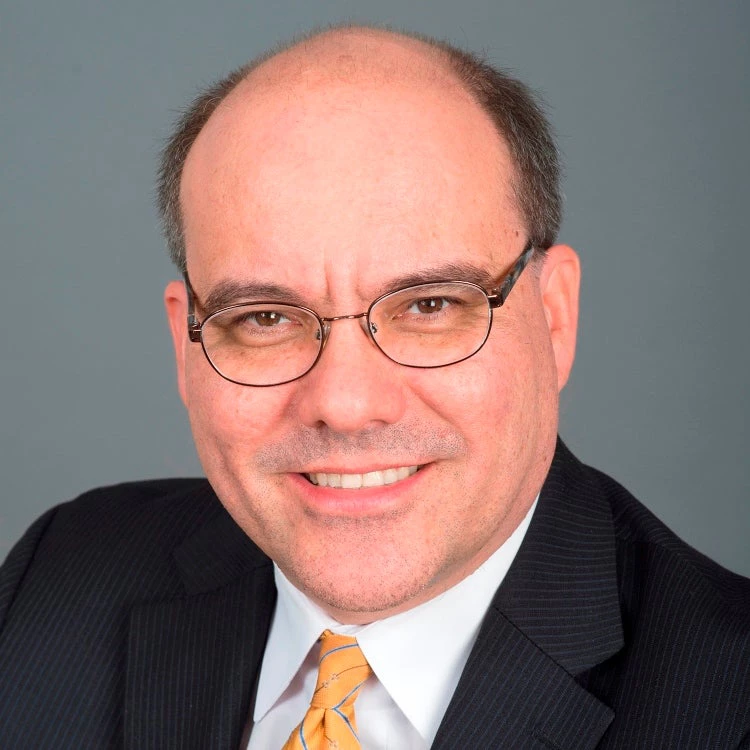Disasters caused by natural hazards result in average annual welfare losses of over US$500 billion and push up to 26 million people into poverty each year. Some of these negative consequences are due to recovery that is not resilient, takes too long and is not equitable. According to the Building Back Better report, this can be mitigated by building back stronger, faster and more inclusively following a disaster.
Building back stronger
Building back stronger can help to reduce welfare losses by ensuring that reconstructed infrastructure can resist more intense events in the future. If all countries were to “build back stronger” in the next 20 years – ensuring that rebuilt assets can resist the 50-year return-period hazards – then global well-being losses due to disasters caused by natural hazards would be reduced by about 12%, a gain equivalent to US$65 billion annually. And stronger recovery would reduce overall well-being losses due to disasters by more than 40% in ten countries: Antigua and Barbuda, Dominica, Vanuatu, Myanmar, Laos, Tonga, Guatemala, Trinidad and Tobago, Peru, and Fiji. Examples of building back stronger include: implementing risk-informed building standards; smarter spatial planning; pre-approved designs for structures; and technical assistance for homebuilders and the construction industry.
Building back faster
There is often a significant delay between when a disaster strikes and when recovery begins. During this period, people and economies suffer . Countries are particularly vulnerable during post-disaster recovery periods, for instance because public services and infrastructure may still not be fully functional. Estimates show that by reducing recovery and reconstruction periods societies can reduce their vulnerability to future disasters. If the average recovery period is reduced by one-third (without compromising the quality of reconstruction), global welfare losses could be reduced by 13.5%, which is equivalent to increasing global consumption by over US$75 billion per year. These gains are especially large in countries with frequent events, such as small island states and Sub-Saharan countries. Examples of how to build back faster include: pre-listing and contracting debris removal and construction firms; contingent financing arrangements; rapidly scalable social protection systems; and streamlined allocation of recovery funds.
Building back more inclusively
Inclusive recovery is all about ensuring that post-disaster support reaches all affected population groups without bias . This emphasizes the importance of providing recovery support to low-income households who are typically more exposed, more vulnerable, and less supported. If all countries had the ability to support the poorest people with post-disaster support that can be found in developed countries, global well-being losses due to natural disasters could be reduced by 9.4%, equivalent to a US$52 billion increase in annual global consumption. The effect is particularly large in countries with large inequality and where poor people have little access to social protection and financial instruments. In Angola, Benin, Comoros, Congo (Rep.), Central African Republic, DRC, Russia, Gabon, Haiti, and Lesotho building back more inclusively would reduce disaster losses by about 27% or more. Opportunities to build back more inclusively include: identifying vulnerable groups and their needs prior to a disaster; social protection programs that target the most vulnerable; and ensuring that reconstruction does not overlook low-income and geographically-isolated areas.
In this video blog series on Adaptation and Resilience as part of our Sustainable Communities blog series, we’ll explore how we can build back stronger, faster, and more inclusively.
Visit the GFDRR Recovery Hub for guidance on post-disaster recovery.
Related links:
- Subscribe to our Sustainable Communities newsletter
- Follow @WBG_Cities on Twitter




Join the Conversation